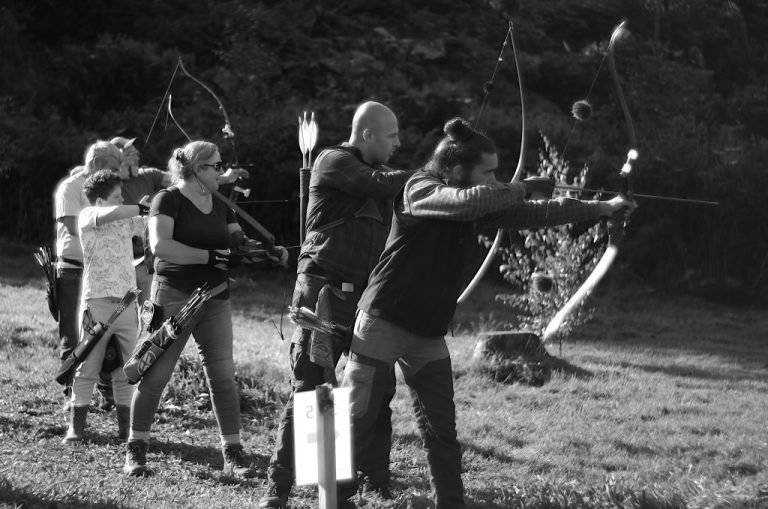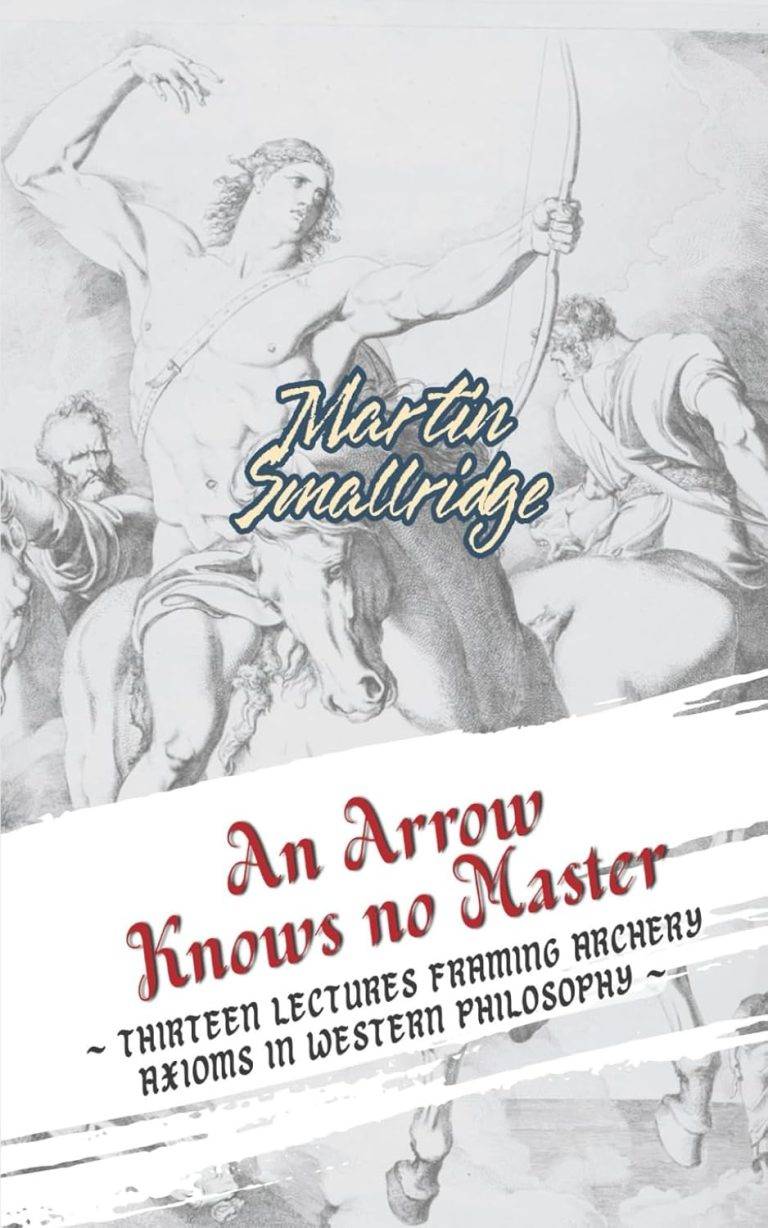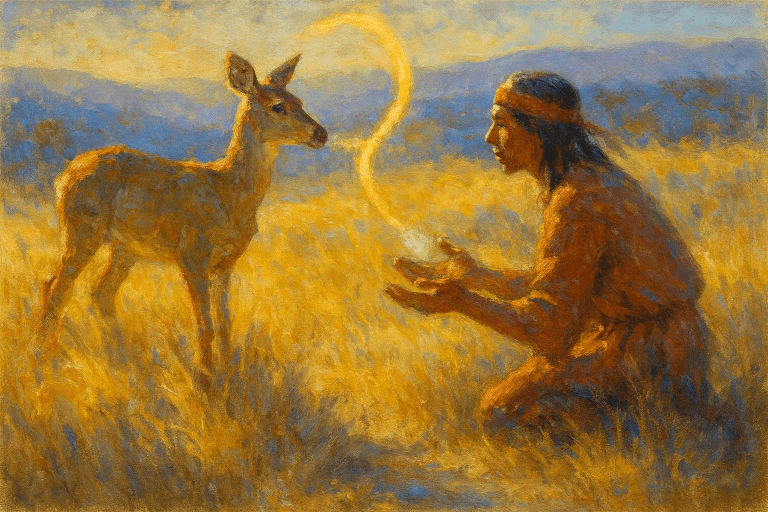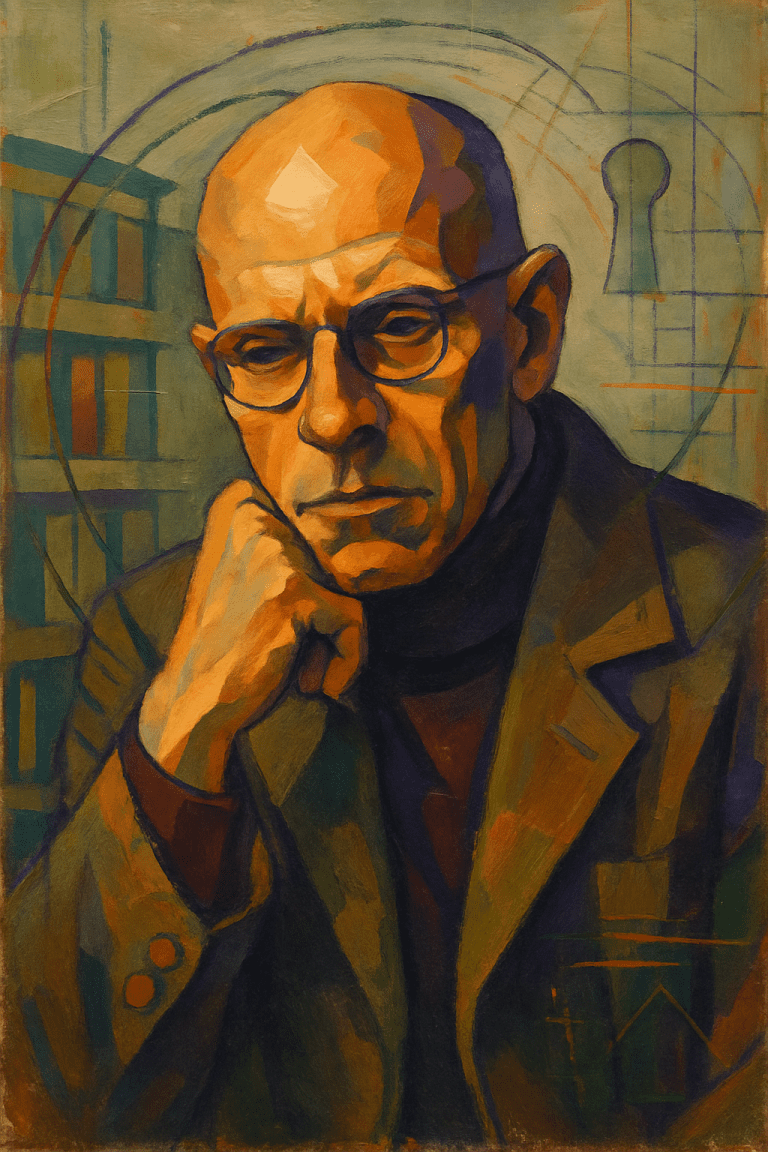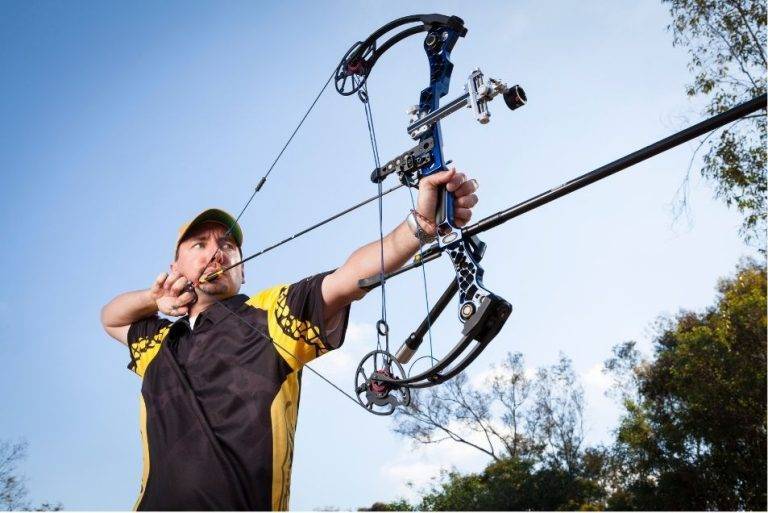A field course in Ireland carries its own weather with a pulse that travels through boots and bone. Moss feeds stone, wet fern lifts the air, and the path to each peg breathes peat and birdsong. The target waits amid alder and furze like a small moon, pale and sure, and the bow answers with old memory held in the limbs. Every lane whispers a fresh set of laws. Curiosity greets those laws and draws a richer circle with every arrow. A course turns into an instrument, and the archer learns to play it by ear, tuning the shot to the forest’s metre. You hear the stream keep time. You feel the breeze pluck the string. You see light change distance. The ground shapes stance and stance shapes thought, and the whole enterprise gathers a music that rewards patience, craft, and that stubborn Irish delight in hard work done with a grin.
Slope begins the learning. Uphill invites a ribcage that rises and a pelvis that settles so the spine grows long and the shoulders level. Downhill invites knees that soften and heels that claim the earth so the line from back heel to drawing elbow stays true. Hips and shoulders form a steady gate for power to pass through, and that gate grants the draw a clean corridor. Feet choose ground with care: a forefoot that finds purchase on wet root, a mid-foot that rests on shale, a heel that holds on clay. A quiet triangle forms between both feet and the aim, a geometry that steadies breath. Ireland’s banks and ridges reward ankles that sing through the arches. An archer who trusts that song carries balance uphill and down, across boggy patches and shale scars, with the bow sitting easy and the head afloat, alert and glad.
Light writes grammar across distance. Shade compresses space inside a green tunnel; pale foam gathers a halo that stretches the path to the rings; dapple scatters attention like coins. The eye reads edges with greatest ease when a soft glow gathers around a hard line, so a tiny ritual helps. Blink once, glance beyond the lane to a patch of untroubled colour, return to the centre, breathe, and allow the sight ring—or the inner circle of intent—to frame the mark. Vision gathers to a needlepoint again. Field lanes often deliver a trick of magnification when the trees pinch perspective; a deliberate breath resets scale. Recurve and barebow minds favour the memory of a circle; compound minds favour pin, peep, and bubble in gentle accord. Each approach earns clarity through that small ceremony of attention, carried peg to peg like a blessing.


